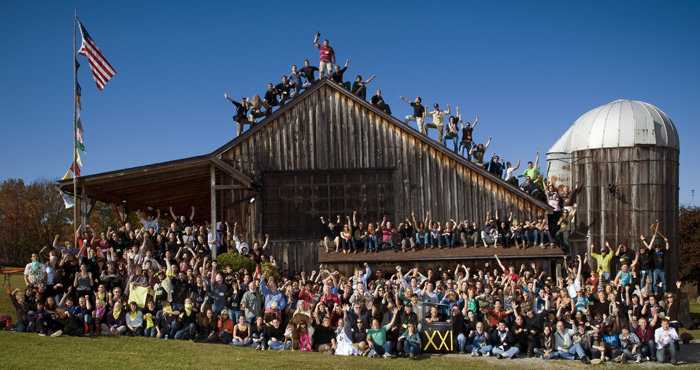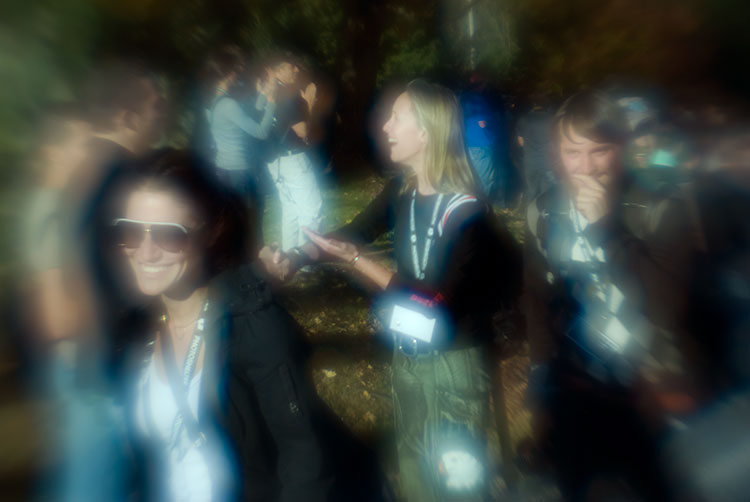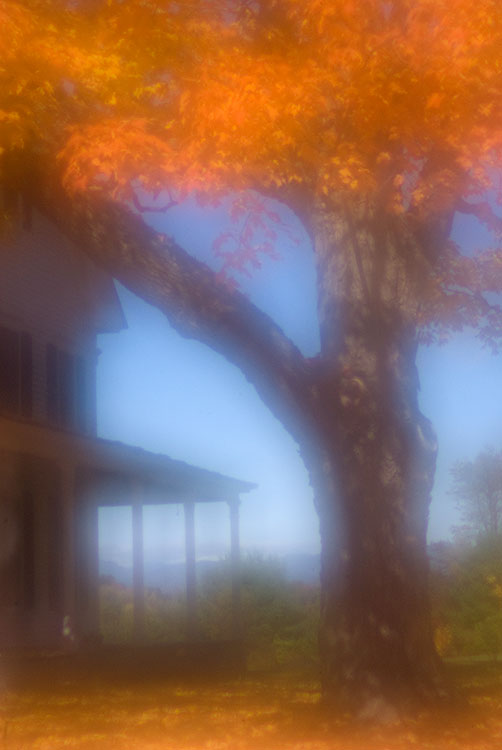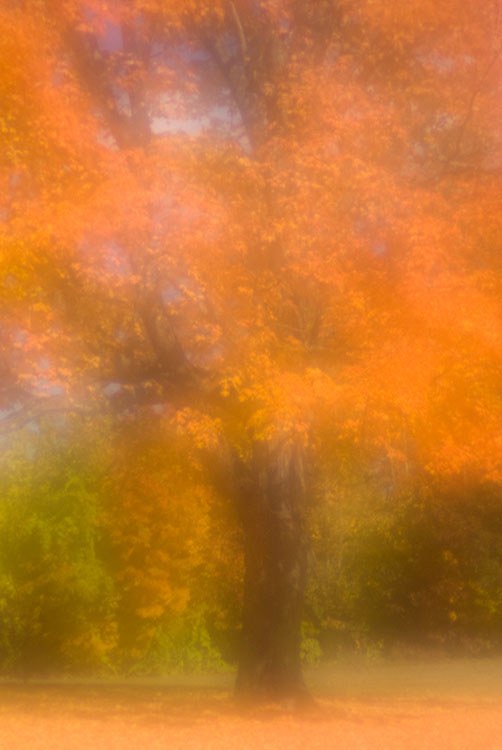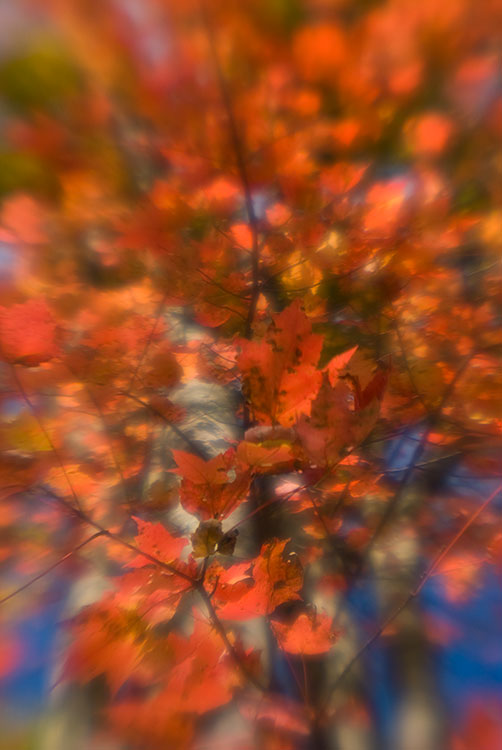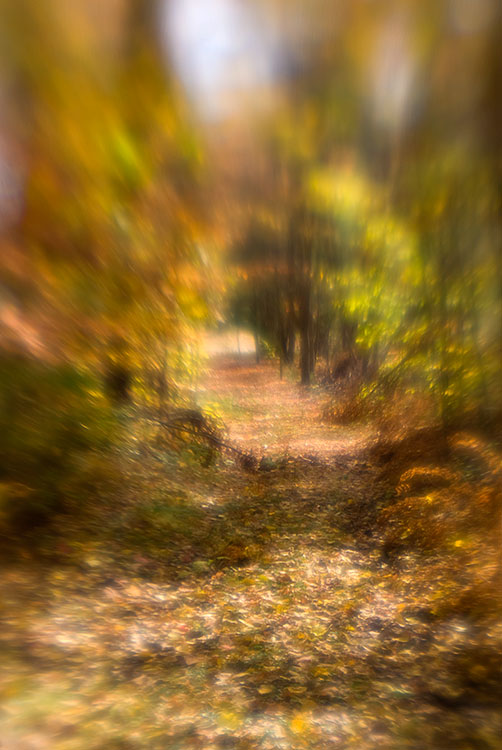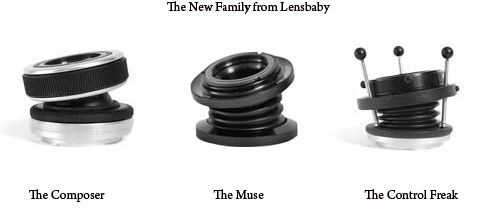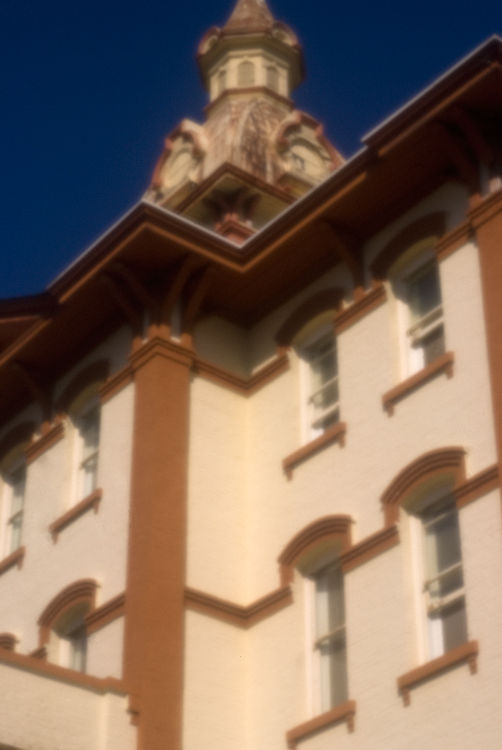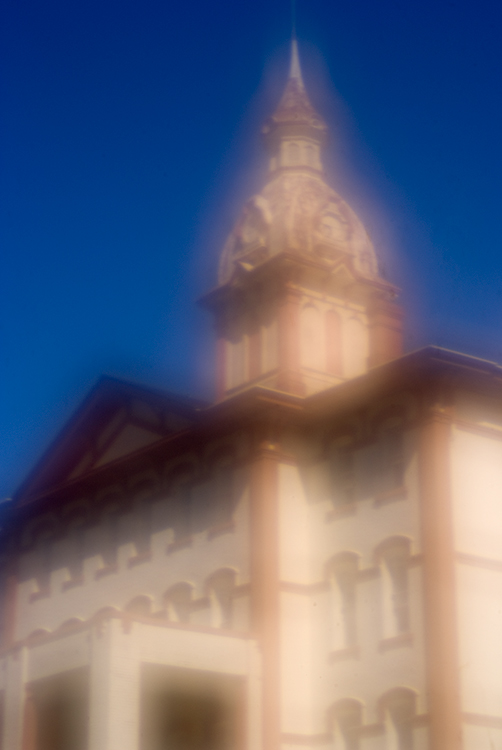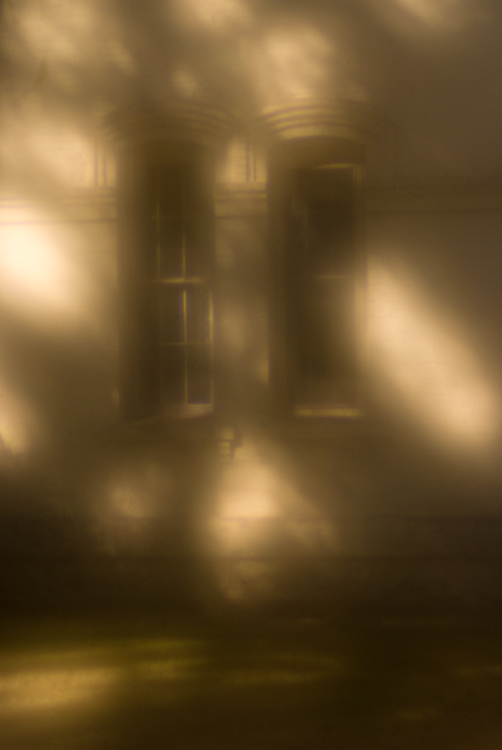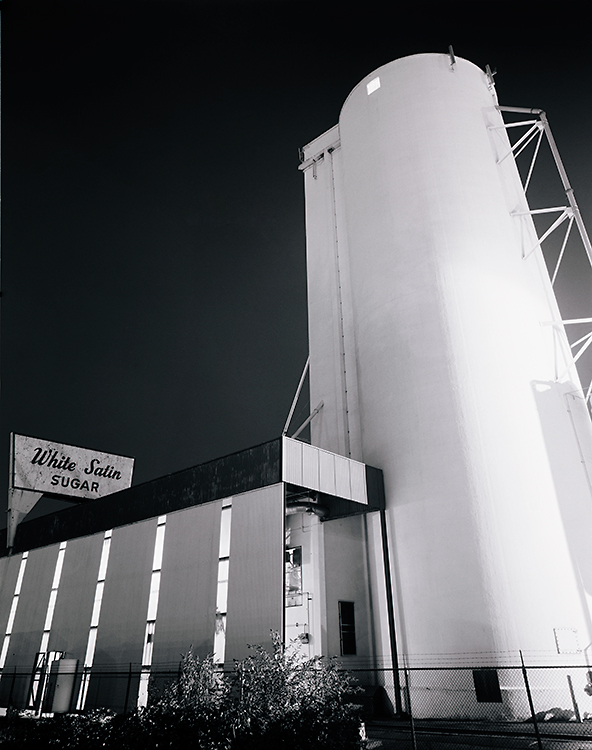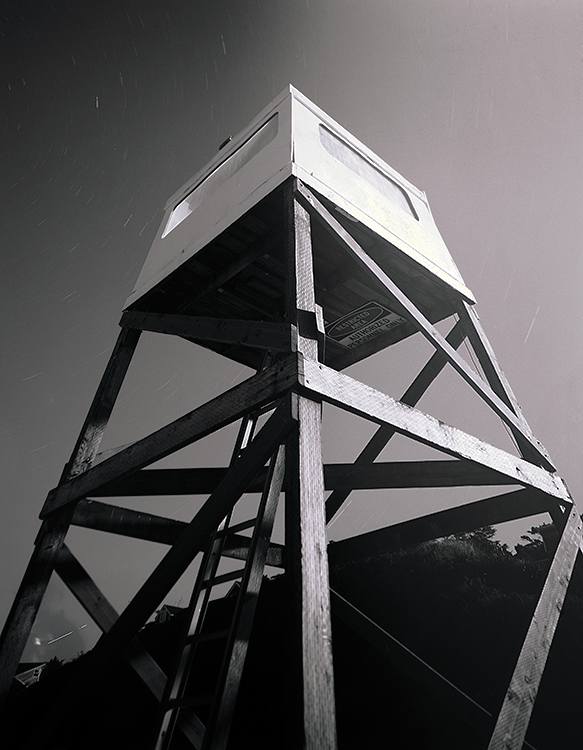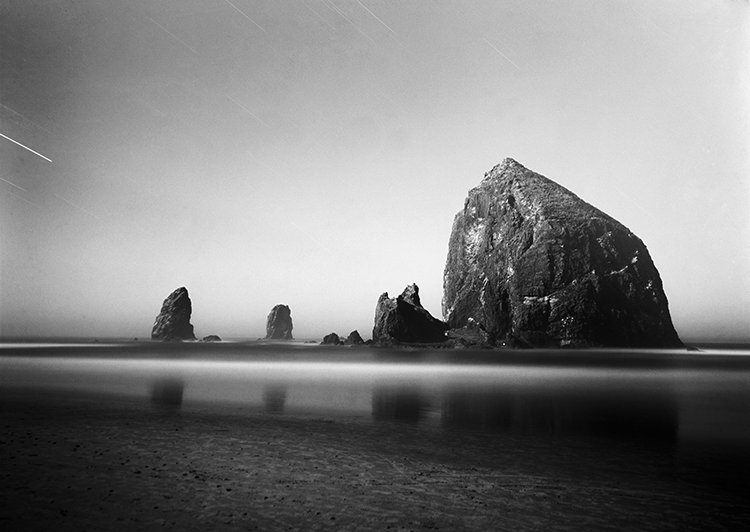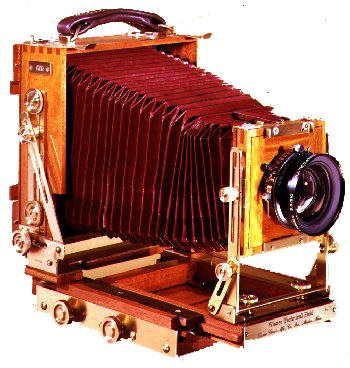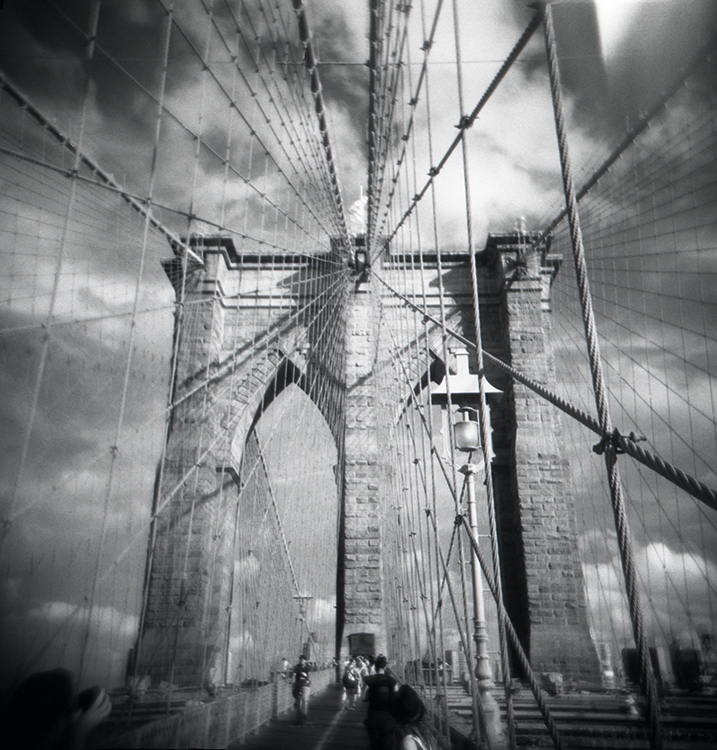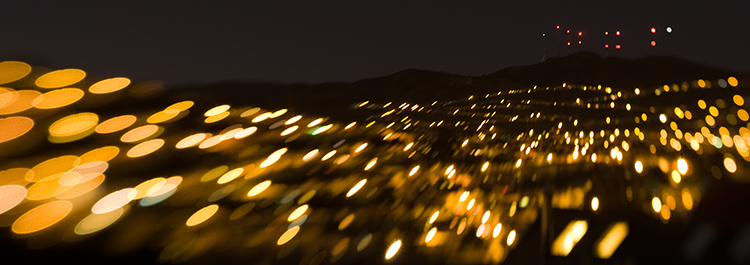 |
|
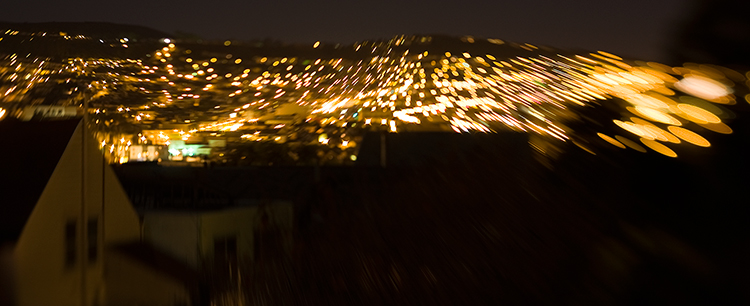 |
|
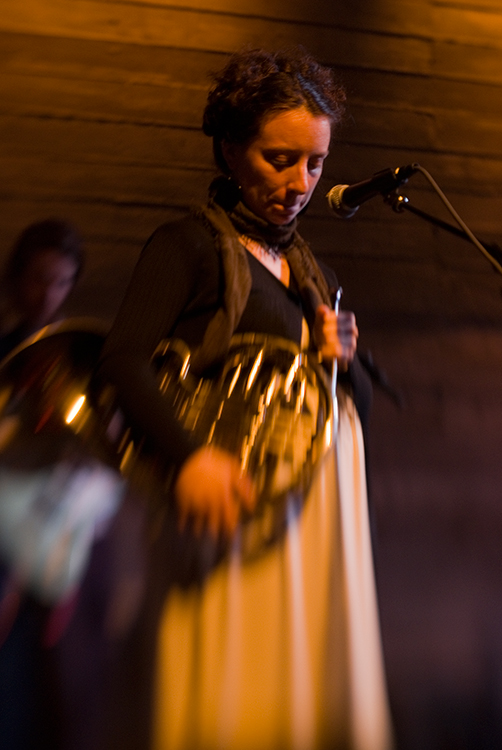 |
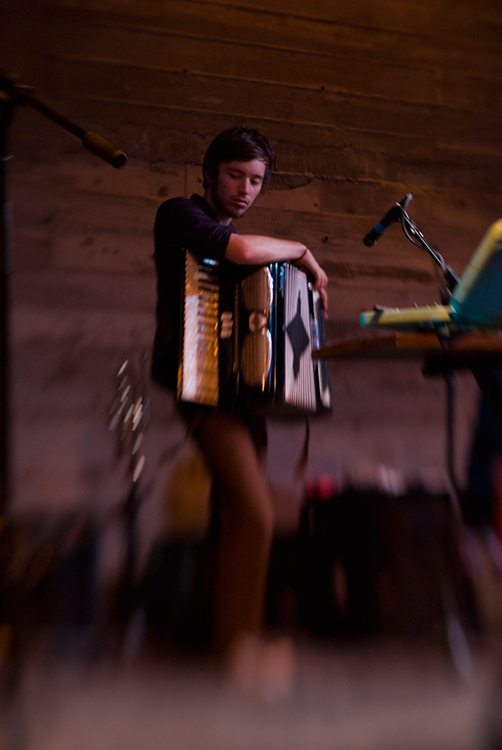 |
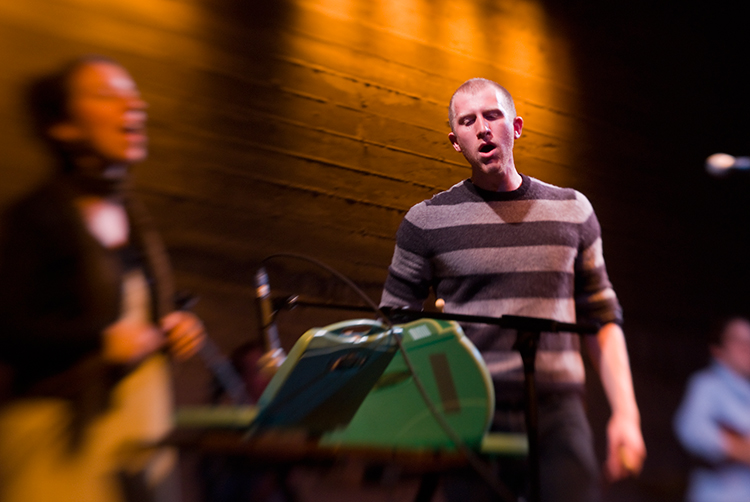 |
|
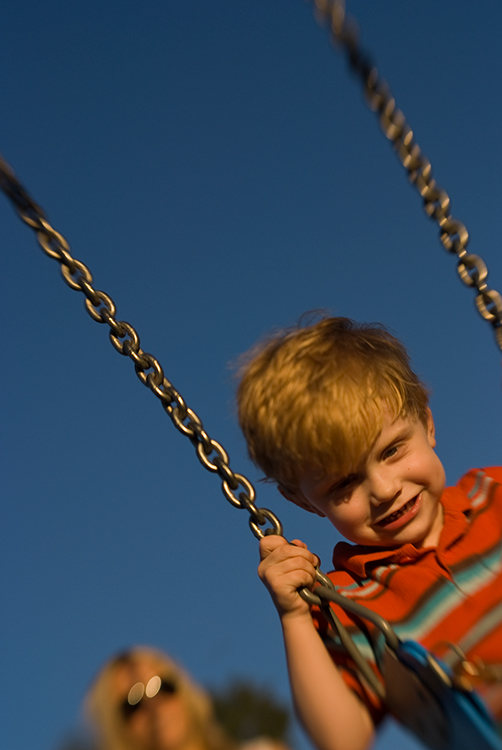 |
|
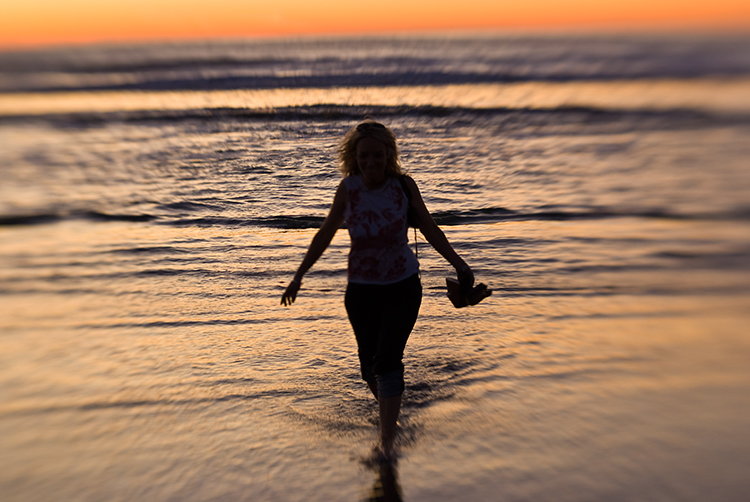 |
|
The Lensbaby Composer lens has a unique optical swap system in which you can own one lens yet have 5 different capture methods. Think of the ball and socket Composer as a chassis to hold multiple visions. In my last two posts I have shown you images taken with the Zoneplate/Pinhole optic as well as the Plastic uncoated optic. Both are fun and unusual ways of seeing the world in a whole new way. Each one of the optics is a bargain for $35 each or I recommend purchasing the whole set for $95. The set includes the Plastic, Pinhole/Zone plate, and the Single Glass optics. All the optics are the equivalent to a 50mm lens, or what we would call normal vision. The Composer and Control Freak lenses come with the Double Glass optic. Because the double glass optic has multiple coatings it makes it the sharpest lens in Lensbaby Family. If you want to buy The Muse Lensbaby you have the option of Plastic or Double Glass optic.
I’ve really enjoyed using the plastic and zone/pin optics but last week I made it a point to only shoot with the Double Glass lens and see how sharp it really was. Let me preface this by saying that all the images I’ve taken in the last 2+ months have been with an APS-C sized digital camera sensor and are usually shot at f/4 or f/2. If you shoot much beyond f/5.6 you start to lose the vignetting affect. Also, if I were to shoot with a full frame digital or film camera the vignetting or out of focus area would be even greater.
I arrived Friday, in San Francisco on a night of the full moon. My resolution this year was to do a night shoot each month during the full moon, so without wasting any time, I set up my camera and tripod on my brother’s second story deck in Glen Park. I’ve wanted to do a Lensbaby night shoot and the rolling hills of SF lit up by the moon, the rare starry sky and the millions of twinkling lights were just taunting me.
The top image was taken facing the San Bruno Mountains and with a slight bend of the Composer, I focused on the distant radio towers and defocused the house-lit hills. With the second image, I screwed on the wide-angle adapter to provide a more expansive point of view. You can click on them to view them larger – which one do you like better?
A lot of people ask me, “Why do I want to use a Lensbaby? I can do that effect in Photoshop.” I always tell them that it is way more fun to control the effect while shooting and really interact with your subject in a brand new way; plus the pebbles of light that nightlights turn into is truly UnPhotoshopable!
Our last evening in Brooklyn, before we left for SF, we saw a great concert at a fantastical new venue, Galapagos. The Galapagos Art Space in Williamsburg recently located to DUMBO. I feel this new space is more successful visually and spatially. Each banquette is it’s own island amidst a body of welcoming water. The orchestra level also provides more pleasurable viewing (and photo) opportunities. Performing that night were two bands from North Carolina and our hometown favorite Balthrop, Alabama. The Never kicked things off with a pop/blues grass vibe. I was really impressed with the 11 piece folk orchestra tunes of Lost in the Trees. In fact, I was so impressed with them that we bought their album – Yes Vinyl! The three concert shots to the left showcase the creative inspiration that a Lensbaby can add to musical venues. I was bending the composer pretty extremely to limit the area of focus and add movement to the vibe of the photo.
Back to San Francisco, the main reason for my visit was to see my family. My nephew Oliver, who has had his Lensbaby portrait taken on this blog previously, was of course the subject to probably 250 of the 300 shots that were taken on this trip. Lensbaby babies and portraits are just guaranteed fun! Imagine a world in which the person doesn’t know and is fascinated with this camera-tool that you are using. I don’t know if that world exists, however with a Lensbaby mounted on your camera the 4th wall is broken and new eyes wait to be captured. What is that bendable almost posable funky lens doing? It even makes your camera quite retro! 9 times out of 10 it also makes you shoot in manual mode so it makes you think about your image-capturing even more. Shooting Oliver on the swing took some practice and there was more misses then hits but when I got it, it was certainly a home run!
California has been a destination for many a lost soul looking for meaning. And one of the most wonderful things you can do in your life, whether your soul is lost or found, is to witness a sunset along the California coast. The unusually warm day brought a stellar sunset to the many people who had ventured out to Ocean Beach. And there we stood, at the end of the world, watching the colors slowly fade to night.
Click.
